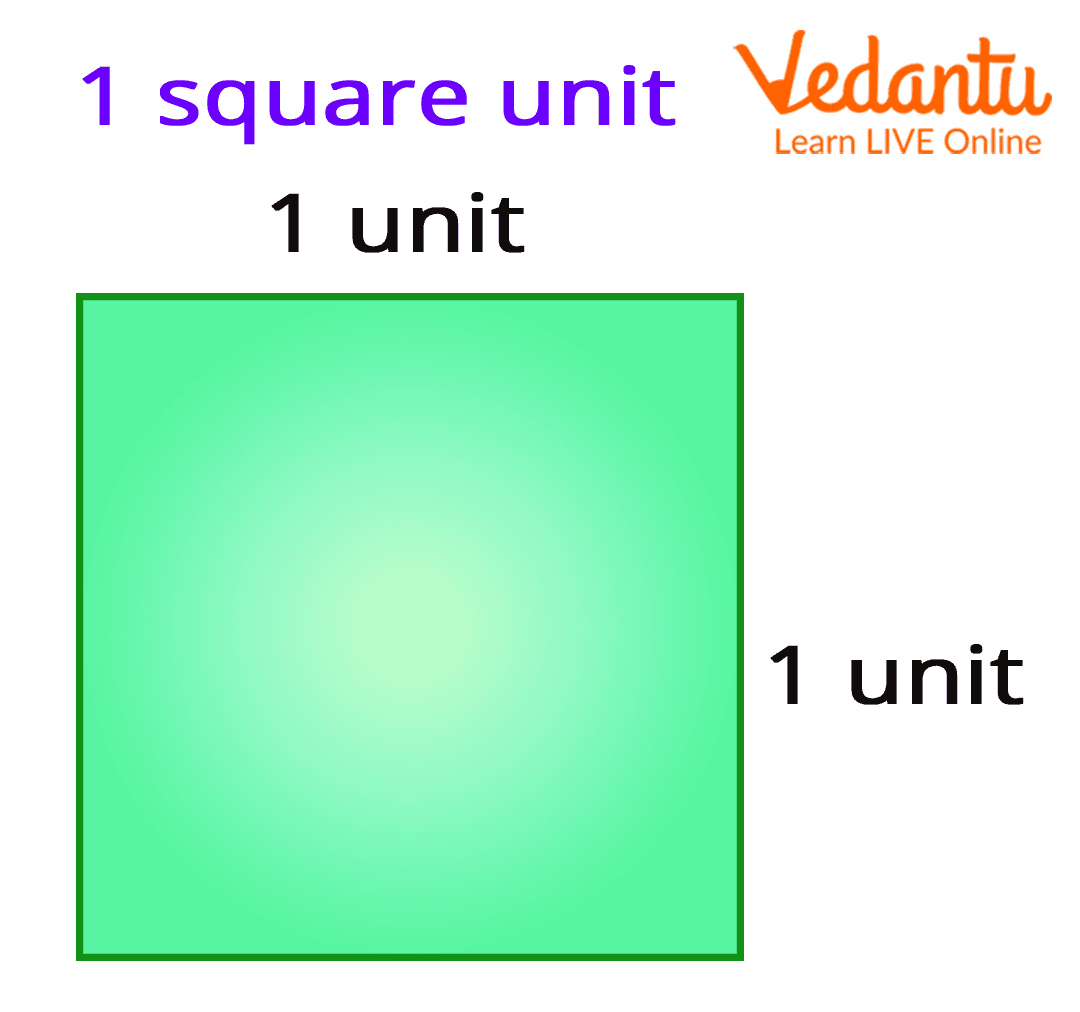Maintaining a vibrant and healthy aquarium is an art that requires a keen understanding of aquatic life and their dietary needs. One of the most popular and effective food options available for herbivorous fish and invertebrates is Hikari Algae Wafers. These wafers are designed specifically to meet the nutritional requirements of algae-eating species, and incorporating them into your aquarium diet can lead to a thriving aquatic ecosystem. This article delves into the benefits of Hikari Algae Wafers, their nutritional content, and practical tips for integrating them into your feeding regimen.
Understanding Hikari Algae Wafers

Hikari is a reputable brand in the aquarium industry, known for producing high-quality fish food that caters to a variety of aquatic species. Hikari Algae Wafers are specially formulated to provide a balanced diet rich in essential nutrients. Here’s what you need to know about these wafers:
- Ingredients: Hikari Algae Wafers are made from high-quality ingredients, including spirulina algae, which is known for its high protein content and numerous health benefits.
- Nutritional Profile: Each wafer is packed with vitamins, minerals, and essential fatty acids that promote healthy growth, coloration, and overall well-being in fish.
- Target Species: These wafers are particularly beneficial for species like plecos, catfish, and various types of shrimp that thrive on algae and plant-based diets.
The Benefits of Hikari Algae Wafers
Incorporating Hikari Algae Wafers into your aquarium diet can yield numerous benefits for both the fish and the overall ecosystem. Here are some notable advantages:
- Promotes Healthy Digestion: The high fiber content in algae wafers aids digestion in herbivorous fish, reducing the risk of gastrointestinal issues.
- Enhances Coloration: The spirulina and other natural pigments in the wafers can enhance the coloration of your fish, making them more vibrant.
- Convenience: The wafers are easy to store and handle, making them a hassle-free option for busy aquarists.
- Minimizes Waste: Hikari Algae Wafers are designed to sink slowly, allowing bottom-dwelling fish to feed without competition from surface feeders, which can result in less waste and cleaner water.
How to Incorporate Hikari Algae Wafers into Your Feeding Routine

Incorporating Hikari Algae Wafers into your aquarium diet requires a strategic approach to ensure that your fish get the maximum nutritional benefit. Here are some practical tips:
1. Assess Your Fish’s Dietary Needs
Not all fish have the same dietary requirements. Before adding Hikari Algae Wafers to your fish’s diet, consider the following:
- Species Specifics: Identify the primary diet of your fish. Species such as plecos, certain tetras, and loaches thrive on algae-based diets.
- Age and Size: Young fish may require smaller portions, while larger fish may need more wafers to meet their nutritional needs.
2. Determine Feeding Frequency

How often you feed your fish is crucial for maintaining their health:
- Daily Feeding: For most herbivorous species, feeding them Hikari Algae Wafers once or twice a day is ideal.
- Monitor Consumption: Observe how quickly your fish consume the wafers. Adjust the quantity accordingly to avoid overfeeding.
3. Introduce Wafers Gradually
When introducing Hikari Algae Wafers into your aquarium diet, it’s essential to do so gradually:
- Start with a Small Amount: Introduce a few wafers at first to gauge how your fish react to them.
- Watch for Acceptance: If your fish consume the wafers eagerly, you can gradually increase the quantity.
Case Studies: Success Stories with Hikari Algae Wafers

Numerous aquarists have reported significant improvements in the health and behavior of their fish after incorporating Hikari Algae Wafers into their diets. Here are a couple of examples:
Case Study 1: The Community Tank

A community tank owner with a mix of tetras, corydoras, and a few dwarf plecos noticed that the plecos were often outcompeted for food. By adding Hikari Algae Wafers to the routine, the owner observed that the plecos thrived, developing healthier body shapes and more vibrant colors. The tetras also enjoyed nibbling on the wafers, leading to a more balanced dietary intake across species.
Case Study 2: The Shrimp Breeder
A shrimp breeder seeking to enhance the growth rate and coloration of their cherry shrimp began adding Hikari Algae Wafers to the diet. The breeder reported a noticeable improvement in shrimp activity levels and coloration within two weeks. The shrimp were more active during feeding times, and the overall health of the breeding population improved.
Common Mistakes to Avoid

While Hikari Algae Wafers offer many benefits, there are common pitfalls that aquarists should avoid:
- Overfeeding: Excess food can lead to water quality issues; always monitor how much your fish consume.
- Ignoring Other Dietary Needs: Hikari Algae Wafers are great, but they should not be the sole component of your fish’s diet. Supplement with other foods as needed.
- Neglecting Water Quality: Regular maintenance and monitoring of water parameters are essential, especially when introducing new food items.
Incorporating Hikari Algae Wafers into your aquarium diet can significantly enhance the health and vitality of your aquatic inhabitants. By understanding the nutritional content, assessing the dietary needs of your fish, and following a strategic feeding routine, you can create a balanced and enriching environment for your pets. Remember to monitor their response to the wafers and adjust quantities as needed to avoid overfeeding. With careful attention and a little patience, you can enjoy a thriving aquarium that showcases the beauty and vibrancy of your fish while supporting their health and well-being.





